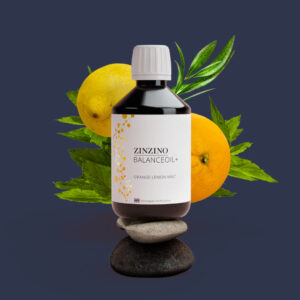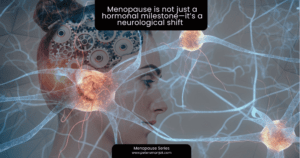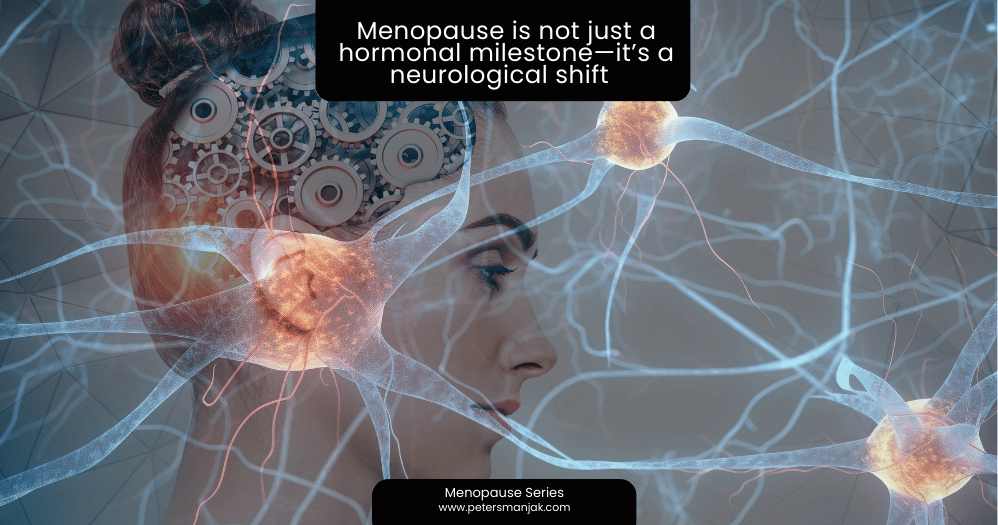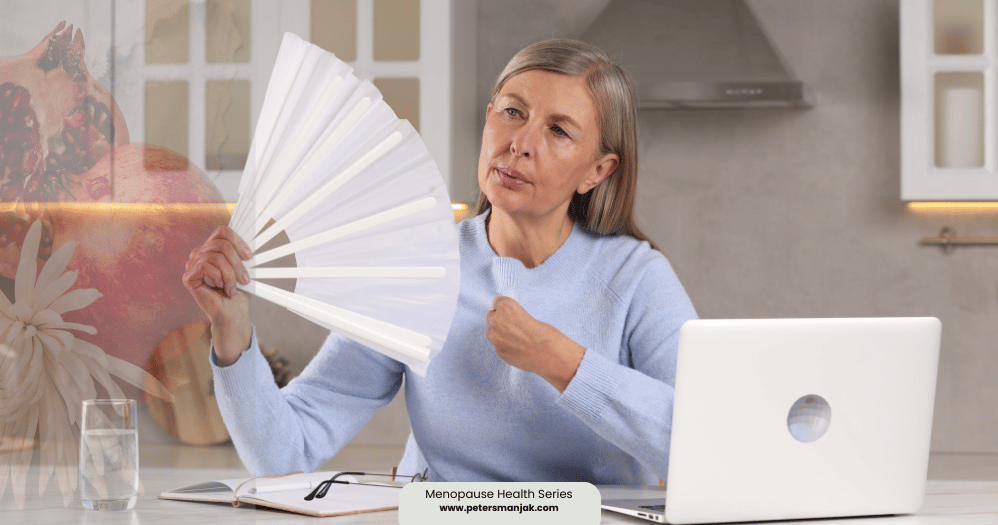The likelihood of one person getting someone else sick depends on a lot of different factors that can be tough to estimate, and that can vary based on circumstances. Those can include: the way it gets transmitted (through the air or in bodily fluids); whether a pathogen is contagious during its incubation period; how long that incubation period lasts; and how many people the average patient has contact with
It has spread all over the world and is present in almost all countries where they are able to test for it. This is also different from the previous epidemics because it took a long time to test for those – now we already have tests. It belongs to a family of viruses that is named “corona” – which comes from the Latin for “crown” referrin to the structure of these viruses that look like a crown under the electron microscope.
This family of coronaviruses has been with humans and animals for a long time and causes mild infections like the common cold, but this new virus is much more aggressive than all other members of the family. The symptoms are very similar to some extent to heavy flu but it is much more deadly; at least 5% of those who get infected and show symptoms might die. There may also be many infected people who do not get sick and that we do not test.

In a new study, researchers found that half of the patients they treated for mild COVID-19 infection still had coronavirus for up to eight days after symptoms disappeared. The research letter was published online in the American Thoracic Society’s American Journal of Respiratory and Critical Care Medicine.
It is a completely different virus from the Influenza viruses which belong to a very different group, meaning that flu vaccine or flu medication will not help. For now, we have no medication or vaccine for the virus. The genetic structure of this virus and a flu virus are as different as we are from dinosaurs.
— Guido Vanham
In “Time Kinetics of Viral Clearance and Resolution of Symptoms in Novel Coronavirus Infection,” Lixin Xie, MD, Lokesh Sharma, PhD, and co-authors report on a study of 16 patients with COVID-19, who were treated and released from the Treatment Center of PLA General Hospital in Beijing between January 28 and Feb. 9, 2020. Patients studied had a median age of 35.5 years.
Researchers collected samples from throat swabs taken from all patients on alternate days and analyzed. Patients were discharged after their recovery and confirmation of negative viral status by at least two consecutive polymerase chain reaction (PCR) tests.
“The most significant finding from our study is that half of the patients kept shedding the virus even after resolution of their symptoms,” said co-lead author Dr. Sharma, instructor of medicine, Section of Pulmonary, Critical Care & Sleep Medicine, Department of Medicine, Yale School of Medicine. “More severe infections may have even longer shedding times.”
Covid-19 is not the flu. It’s worse. It’s deadlier, more contagious, and more likely to severely disrupt a health care system.
The primary symptoms in these patients included fever, cough, pain in the pharynx (pharyngalgia) and difficult or labored breathing (dyspnea). Patients were treated with a range of medications.
The time from infection to onset of symptoms (incubation period) was five days among all but one patient. The average duration of symptoms was eight days, while the length of time patients remained contagious after the end of their symptoms ranged from one to eight days. Two patients had diabetes and one had tuberculosis, neither of which affected the timing of the course of COVID-19 infection.
“If you had mild respiratory symptoms from COVID-19 and were staying at home so as not to infect people, extend your quarantine for another two weeks after recovery to ensure that you don’t infect other people,” recommended corresponding author Lixin Xie, MD, professor, College of Pulmonary and Critical Care Medicine, Chinese PLA General Hospital, Beijing.
COVID-19 patients can be infectious even after their symptomatic recovery, so treat the asymptomatic/recently recovered patients as carefully as symptomatic patients.

Image: Statista
The researchers emphasized that all of these patients had milder infections and recovered from the disease, and that the study looked at a small number of patients. They noted that it is unclear whether similar results would hold true for more vulnerable patients such as the elderly, those with suppressed immune systems and patients on immunosuppressive therapies.
“Further studies are needed to investigate if the real-time PCR-detected virus is capable of transmission in the later stages of COVID-19 infection,” Dr. Xie added.
Story Source:
Materials provided by American Thoracic Society. Note: Content may be edited for style and length.









